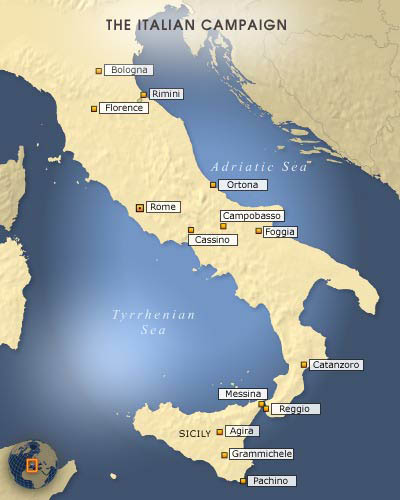Découvrez la nouvelle Canadian Military History revue d’histoire militaire canadienne (Canadian Military History) qui est chaud sortie des presses! Voir la table des matières ainsi que le résumé de l’article fonctionnalités ci-dessous.
revue d’histoire militaire canadienne (Canadian Military History) qui est chaud sortie des presses! Voir la table des matières ainsi que le résumé de l’article fonctionnalités ci-dessous.
(Veillez noter que les sommaires, tables des matières, etc. ne sont disponible que dans la langue du texte original).
Featured Article
Kirk W. Goodlet
Abstract: This article investigates some of the problems in using the Geneva Convention as a way to evaluate internment operations in Ontario during the Second World War. It focuses on how the Canadian authorities dealt with the challenging issues of medical care and the repatriation of seriously ill German prisoners of war at camps in Gravenhurst, Espanola, and Monteith. This paper demonstrates that the treatment of German POWs in Ontario was dictated by the changing context of the war, the threat of reprisals against Canadian POWs in German hands, and the failed bilateral POW exchange negotiations between the Germany and Great Britain. A principle of reciprocity, not the application of international convention, governed the treatment and repatriation of German POWs.
Other articles
“You Have Shut Up the Jerries”: Canadian Counter-Battery Work in the Clearing of the Breskens Pocket, October–November 1944
R. Daniel Pellerin
_____________________
New Men in the Line: An Assessment of Reinforcements to the 48th Highlanders in Italy, January-October 1944
Andrew Brown
_____________________
Canadian War Museum
Vimy Ridge Day, 2012
Dean F. Oliver
_____________________
Algernon Mayow Talmage (1871–1939): Official Canadian War Artist
Hugh A. Halliday
_____________________
Features
“Bat Outta Hell”: CH146 Griffon Nose Art in Afghanistan
W.E. Storey
The Continuing Historical Legacy of Dominick “Toby” Graham
David Zimmerman
Pour plus d’informations sur ce périodique, visitez le site Canadian Military History : http://www.canadianmilitaryhistory.ca/summer-2012-volume-21-no-2/




